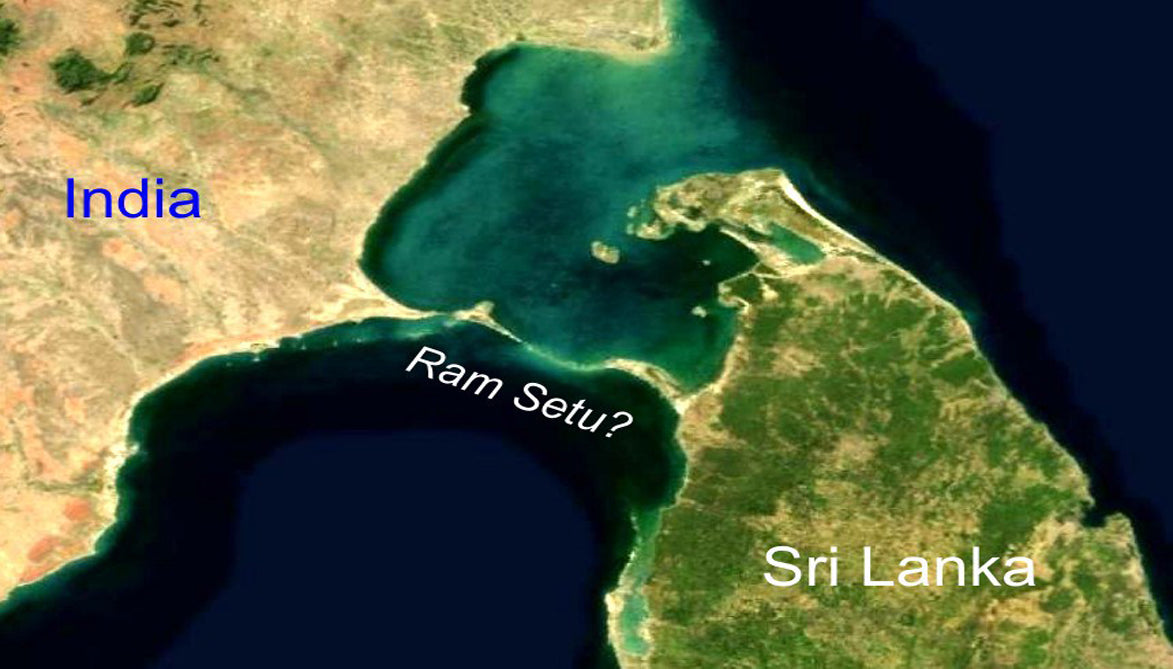
Making a positive difference to the environment
Some read about the environment, feel bad that it is being polluted so much, have an opinion that they share in forums, in discussions with like-minded people, and sometimes approach local governing bodies to see if they could get some small measures in place that could help the community in general.
There are others that lead the way with action that  could yield results or make a positive difference. It includes involving whomsoever would like to help.
could yield results or make a positive difference. It includes involving whomsoever would like to help.
Kapil Sharma (not of Comedy Nights fame) is of the latter type.
The enthusiastic beginning
A software engineer from Chattisgarh who came to Bengaluru in 2001 to earn his living and fell in love with the city for its greenery, Kapil Sharma gradually observed the fast rate at which the greenery was being taken up by a cement jungle and soon swung into action. Inspired by the Chinese saying “The best time to plant a tree was 20 years ago. The next best time is now” he started planting saplings in his spare time on weekends way back in 2007.
His count till date is 35000 plus, and it does not stop at that.
[/vc_column_text][/vc_column][/vc_row][vc_row][vc_column][vc_column_text]
Striking out immediately
 Hot summers and sunny days immediately prompt seeking a shade and nothing like a spread and spreading tree providing the natural cool shade that is relaxing and even invigorating. Noting that vast stretches of road like the outer Ring Road were a long arduous drive especially when the sun is beating down fiercely with not a shade in sight, and the disappearing green cover of the city also affecting the climate of the city, he had decided then itself to do something about it. The Ring Road is one such place where Kapil Sharma had initially planted saplings that are six to seven year old trees now. Still some way to go before they reach magnificence for shade but the start was endearing and full of hope to make Bengaluru citizens realize that it would be a reality a few years ahead.
Hot summers and sunny days immediately prompt seeking a shade and nothing like a spread and spreading tree providing the natural cool shade that is relaxing and even invigorating. Noting that vast stretches of road like the outer Ring Road were a long arduous drive especially when the sun is beating down fiercely with not a shade in sight, and the disappearing green cover of the city also affecting the climate of the city, he had decided then itself to do something about it. The Ring Road is one such place where Kapil Sharma had initially planted saplings that are six to seven year old trees now. Still some way to go before they reach magnificence for shade but the start was endearing and full of hope to make Bengaluru citizens realize that it would be a reality a few years ahead.
Concerned about his city, he started with a few locations near his residence, on the way to his office. He wanted to plant at more places, locations that would make the growing trees useful for shade one day and also where there would be no chances of being uprooted after growth. The Bruhat Bengaluru Mahanagara Palike provided him the information based on the future planning for the city. His visits to them had to be on Saturdays alone since he was primarily a working professional. Yet being passionate about the cause he managed his time and also got the co-operation of like-minded souls in the Palike.
Not satisfied with the pace of his efforts he decided to adopt a more aggressive approach. Save Trees was born.
[/vc_column_text][/vc_column][/vc_row][vc_row][vc_column][vc_column_text]
A movement that caught everybody’s fancy
Like every dynamic soul who has a dream, a vision to achieve a goal, Kapil struck it alone for a brief period. Such efforts and in public glare cannot go unnoticed. Soon other environment enthusiasts joined him. It became a single-minded team that wanted green to be the prime colour of Bangalore’s landscape. They organized plantation drives in locations spread across the city. The fever caught on. More people joined in at local levels, helping the core team to spread wider. Soon it acquired the face of a movement.
glare cannot go unnoticed. Soon other environment enthusiasts joined him. It became a single-minded team that wanted green to be the prime colour of Bangalore’s landscape. They organized plantation drives in locations spread across the city. The fever caught on. More people joined in at local levels, helping the core team to spread wider. Soon it acquired the face of a movement.
Modus Operandi for guaranteed results
Every movement needs organized effort to succeed. Kapil’s strategy was simple. Kapil identified a location for planting saplings and got the necessary permission for that. Through social media the plantation drive got its volunteers or enthusiastic participants, roped in for not only the plantation but the follow-up care and maintenance to ensure its healthy growth.
“I try to promote events in unique ways, which encourage people to join us,” says Kapil.
Recalling one such effort when planning to do a plantation drive in Gunjurpalya forest, he had posted pictures of the forest on social media and asked parents to bring their kids to the plantation drive as well so they could personally experience nature. Since the forest also had a nice bike trail, he provided photos of the forest to biker groups who joined the drive.

[/vc_column_text][/vc_column][/vc_row][vc_row][vc_column][vc_column_text]
Dedicated start - enthusiastic follow-up
Kapil and team take dedicated care during the plantation to ensure high survival rate of their saplings. They choose locations that do not see excessive human and animal intervention. In addition, they plant saplings that are already 8 to 12 feet tall and two to three years old, since these plants have a higher survival rate and require less care. Care continues as long as possible. In fact the Say Trees team water the saplings and watch over for a few months. Then gradually with necessary instructions they are passed on for further care, to local participants.
 Normally the sapling planting season is from May to October. This is followed up by maintenance for a year or so. Protection to the saplings is given by way of thorny fences around, preventing stray animals from destroying them.
Normally the sapling planting season is from May to October. This is followed up by maintenance for a year or so. Protection to the saplings is given by way of thorny fences around, preventing stray animals from destroying them.
The survival rate of saplings planted due to the efforts of Kapil Sharma & team stands an impressive 80 to 90 %.
Positive outcomes in support
- Besides public places, other locations around Bengaluru, the Say Trees team also takes its green cover campaign to schools, communities and corporates. “We want to encourage more schools and corporates to engage in such drives. Especially corporates, since it also serves their purpose of engaging in CSR activities and helps us easily get funds to buy saplings,” says Kapil. As a result, Say Trees has started getting sponsorships from a few corporate houses, in addition to some saplings and help from BBMP.
- Though Say Trees conducted its first plantation drive in 2007, the work picked up speed over the last two years in particular, with 20,000 saplings planted and 35 plantation drives conducted in this time frame alone. A successful tree plantation drive by the group includes planting over 2,500 saplings in August 2015 at Jarakbande forest reserve in North Bengaluru in just one day with help of over 600 people.
The Challenges
The intention may be good but the support may not come when most needed is a hurdle every project is subjected to in small or large measure. Getting right locations to plant, sponsors, volunteers at times in Bengaluru began flagging the initial speed of the effort. Not to lose heart or let the enthusiasm die down, forest departments in surrounding or nearby areas were contacted. Roadside planting was mulled over but given the go-by because like Kapil says “I don’t want to get into roadside plantation because those trees do not survive much. I want to go to villages and locations with less population and increase the green cover there,” says Kapil.
An ambitious future
Kapil has also been interested with the agrarian community and their fight for survival in today’s times. He wants to work with them, help them adopt sustainable farming practices. “I want them to plant fruit bearing trees in the empty patches of their farms so that even in the off season or during times of low harvest, they can survive. This will easily help them earn Rs. 80,000 to Rs. 1 lakh extra annually,” says Kapil.
[/vc_column_text][/vc_column][/vc_row][vc_row][vc_column][vc_column_text]
What started as a man’s desire, led to a possible dream and made real to an extent with a zeal to see it come true. The road may be long, the task seemingly daunting but with a flame like Kapil Sharma who has ignited the minds of thousands of other souls, it will definitely be like the words of the anthem “Hum Honge Kamyaab” (We Shall Overcome), the task shall surely be done one day and in a not so distant future too.
(Those who wish to contribute their efforts in this laudable journey may check out the Save Trees website http://saytrees.org/).
[/vc_column_text][/vc_column][/vc_row]


















































